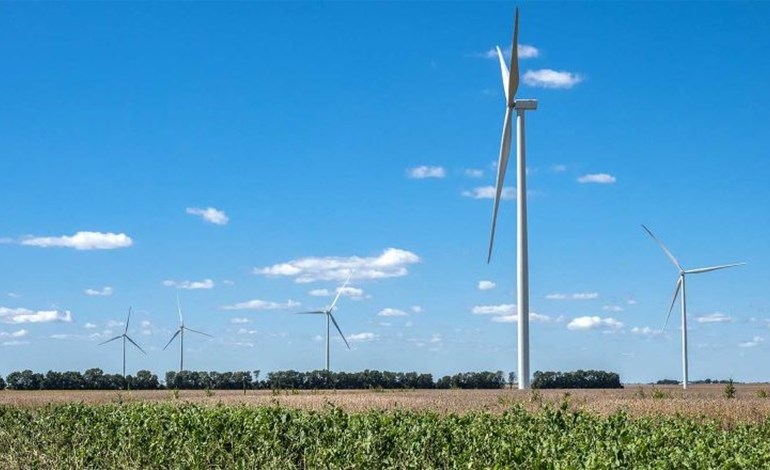New trade tariffs and increased import restrictions in the U.S. onshore wind power sector could lead to higher costs and jeopardize project viability, according to a recent report from Wood Mackenzie. The report, titled ‘Trade war hits US onshore wind power’, highlights the potential for these trade measures to slow the growth of the industry.
The proposed U.S. tariffs of 25% on imports from Mexico and Canada, along with an additional 10% tariff on Chinese imports, could increase the costs of U.S. onshore wind turbines by 7% and overall project costs by 5%, the report finds. In a scenario where a 25% tariff is applied to all imported products, turbine costs could rise by up to 10%, and project costs could increase by 7%, putting some projects at risk due to economic factors, according to Wood Mackenzie Principal Analyst Endri Lico.
The U.S. wind industry relies heavily on imports for key components such as blades, drivetrains, and electrical systems. In 2023, U.S. wind-related equipment imports were valued at $1.7 billion, with 41% coming from Mexico, Canada, and China. Despite the tariffs, Lico noted that previous tariff policies, such as those imposed during the Trump administration, had a minimal impact on the sector. “Tariffs are not an unprecedented condition for the wind industry,” Lico said. “Wind peers await the specialisation of the tariff legislation to fully assess the impact.
The report forecasts that the tariffs will lead to a 4% increase in the levelised cost of energy (LCOE) for U.S. onshore wind power in the near term. In a scenario with universal 25% tariffs, LCOE could rise by 7%. “The supply chain actors are waiting for the dust to settle, exploring their options,” said Lico. “We anticipate that wind manufacturers will adopt a mix of measures to mitigate tariffs’ impact, including rerouting and restructuring their supply chains, strengthening U.S. localisation, and increasing their prices.

